Indiana University Libraries Book Repair Manual
Buckram

This is a heavy, durable cloth which is starched for stiffness, as opposed to having a paper backing, as in the case of both canapetta and cialux. Buckram is a good utility cloth, used for the spines of wrappers, pamphlet-type binders made in-house, and grey/white board portfolio-type enclosures. It is available in 4" wide rolls, which makes it very handy for these enclosure spine applications. Buckram can also be used as cover material for book repair treatments but is not generally our cloth of choice for this.
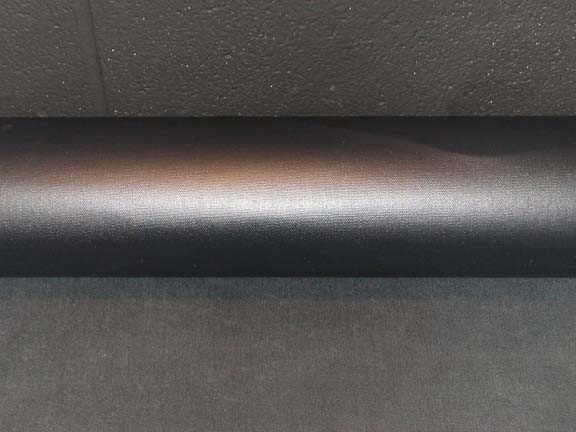
The exposed surface of the bolt of buckram in this image is the backside of the cloth. The gloss is due to starching.
Canapetta

This is an Italian book cloth that is durable, fairly resistant to staining from adhesives, and pleasing to the eye. Its prominent counter-grain provides the tactile and visual sensation of strength. It comes in a wide variety of colors and works well for all repairs, cloth-covered enclosures, and new cases for books.
Cialux
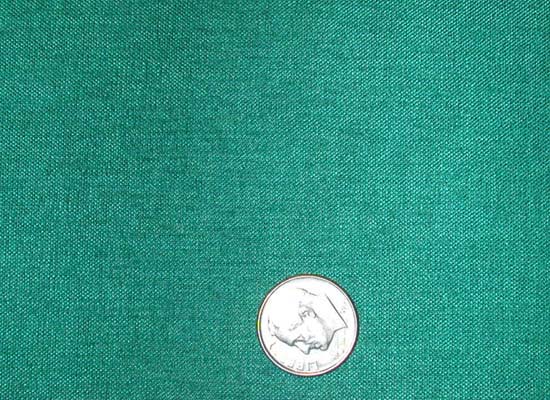
This book cloth is highly flexible, has a smooth texture and a fine weave, and comes in a variety of colors. However, it is less forgiving than Canapetta in regard to glue staining, if adhesive comes in contact with the show side of the fabric.
Cotton Backliner
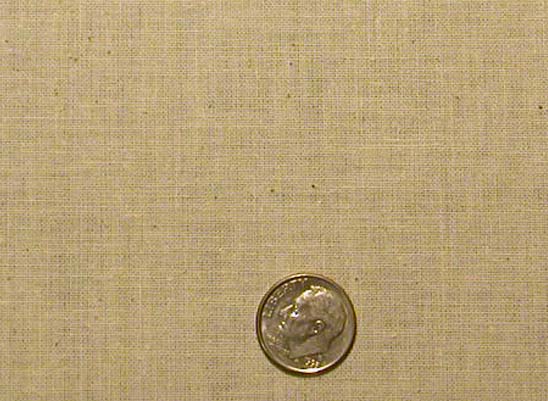
In casebinding, the super is the part of the book that holds the text block in the cover, by means of being adhered to both. We keep two types of super cloth on hand, a medium weight muslin (pictured) and a heavier, flannel-backed variety is used for extra strength. This latter is normally used on large and/or heavy books. Many books use a thin gauze-like cloth to hold the book together. Not surprisingly, this type of super tends to fail, so although it is still available (and still widely used for new books), we abstain from using it.
Hinge Cloth

This is a thin linen which has been starched or sized and is quite strong for its weight. It is the material used for the hinges of new end sheets and for new headbands of books receiving higher-level treatments.

Here is pictured hinge cloth in the pre-cut form in which it is normally used.
Sailcloth

A substantial canvas, sail cloth is available in large-width bolts and is thus used primarily for covering large enclosures, most commonly those of the portfolio type.
Stretch Cloth
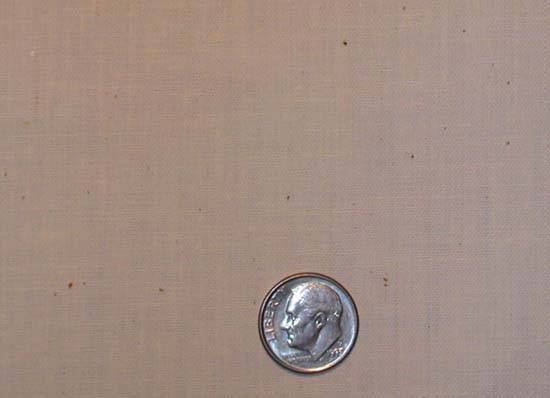
This is used for the super of adhesive-bound books bound by the double-fan process we use here. Because it is stretchy, it allows the book to lay flat when opened, reducing the potential for damage due to over-opening, as when photocopying.
Mylar
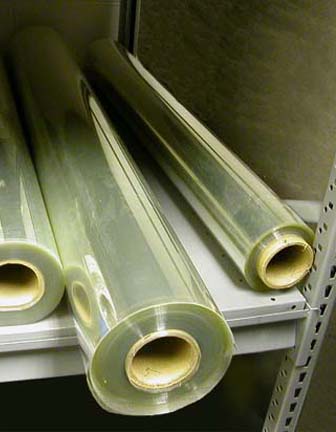
Mylar is mostly used for the encapsulation of flat materials. It is available in a variety of thicknesses, which are measured in "mils". The mil is not a metric unit of measure; one mil equals .001" (1/1000" or one one-thousandth of an inch). Thus, a "mil" is the same as a "point", the unit of measure used for the thickness of card and folder stock. The thickness range of the mylar we use is 2 mil to 5 mil. 2 mil is normally used for the encapsulation of small materials, such as 8.5" x 11" documents. 5 mil is used for items such as large maps and posters. Mylar can be bought in rolls, but cutting from the roll can be time-consuming, especially when dealing with large items (a full roll weighs approximately 125 lbs.). So we also keep pre-cut sheets in the following gauges/sizes:
5 mil: 50" x 50"
3 mil: 18" x 30"
2 mil: 9" x 12"
Another use for mylar is as an adhesive mask. When an adhesive-resistant mask with great strength (to facilitate removal) is needed, mylar is often the material of choice. 10 mil mylar is used in exhibit preparation by the special collections conservation unit as well.
Reemay
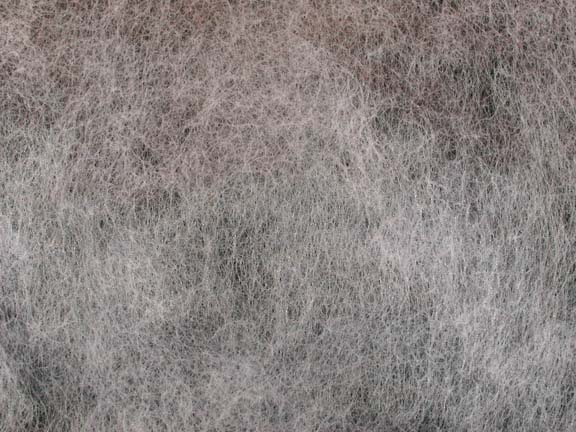
Reemay is a spun polyester fiber sheet material. It repels the adhesion of wheat starch paste. And because its fiber orientation is such that it allows the migration of water and water vapor through its thickness (and, specific to our use, into blotter paper), it serves as an excellent adhesive mask for flat paper mending, which is its primary use here in our lab. It is available in different thicknesses, from the gossamer-thin, cobweb-like variety shown in the illustration to a more substantial and thus more opaque material. The thicker material is actually the one more commonly used, but the thinner type better serves the purpose of illustrating the character of its fiber structure.
Tyvek
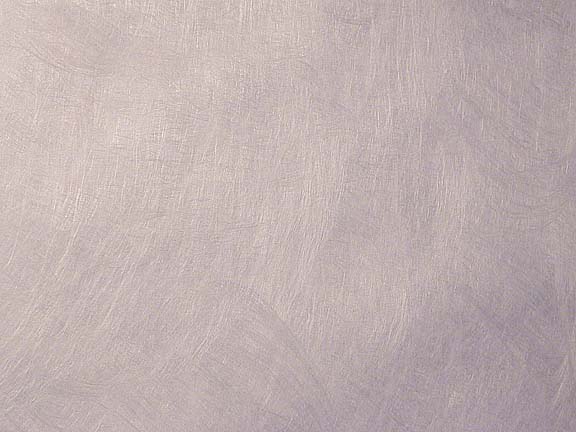
This is a paper-like fibrous plastic material. Our primary use for Tyvek is the making of custom envelopes for oddly-shaped or oversize materials which are suitable for an envelope-type enclosure. Its main advantage over paper for this application is its high resistance to tearing. Since the orientation of the fibers is random, it has no grain direction, unlike most of the various types of papers, cloths, and boards we use. Consequently, the use of scraps is optimized.